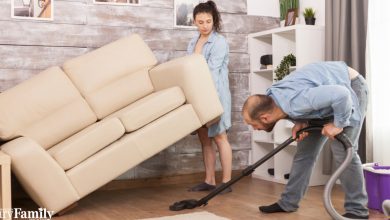Organize Your Space
Reduce stress by decluttering your house
Between shelves of books, old CDs, collectible items, and decades-old t-shirts, your belongings have turned your house into an unrestrained mess. It’s become obvious: clutter is taking over your life.
Stepping into the new year by decluttering your space will not only give you your house back, but can transform your life by reducing stress and bringing peace to your home.
According to a study published in Current Psychology, clutter can have a much more sinister impact on our lives than creating a mess. Clutter can also induce a physiological response, including increased levels of the stress hormone cortisol.

The study, co-conducted by Dr. Joseph Ferrari, a professor of psychology at DePaul University who studies the causes of clutter and its impact on emotional well-being, questioned three groups of adults: college students; young adults mostly in their 30s; and older adults, mostly in their 50s, about clutter and life satisfaction.
Study focuses on Procrastination
The study focused on procrastination, arguing that the two are closely tied since people avoid putting away items which leads to masses of clutter. The study proved that clutter negatively impacts overall well-being of individuals.

“Clutter, while often regarded as a seemingly innocuous and common problem among adults, can escalate as people accumulate more possessions, and fail to routinely review their burgeoning inventories. At the extreme, clutter can reduce a person’s general satisfaction with life, as evidenced among our Older Adult sample with clutter problems,” stated the study.
If this is enough to convince you that now is the time to start decluttering your life but you don’t know where to begin, turn to no other than world-renowned tidying expert and genius behind the KonMari Method: Marie Kondo.
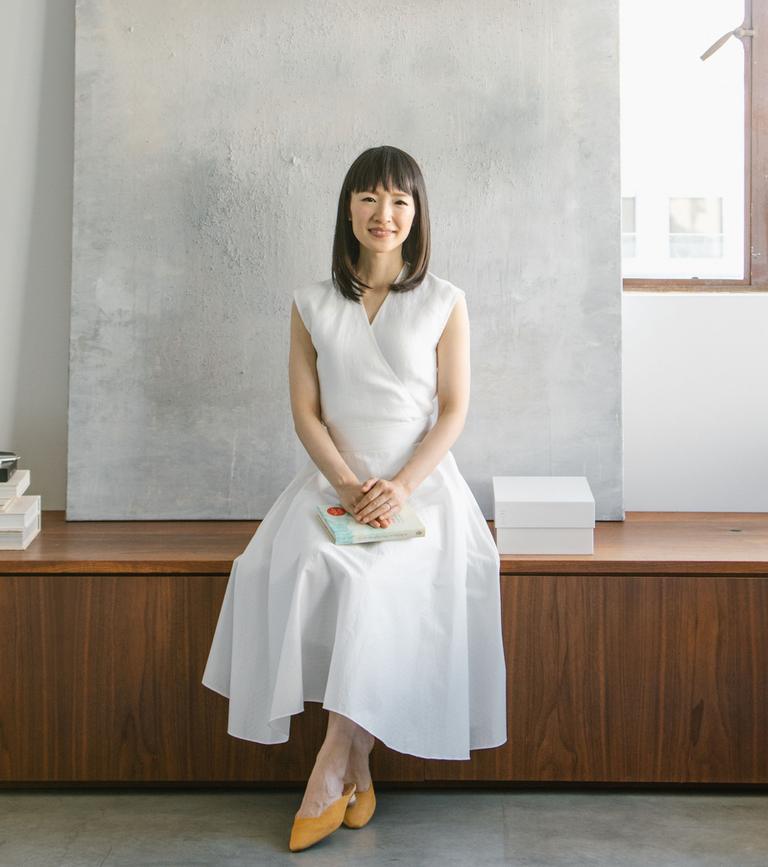
Marie Kondo
Kondo’s revolutionary method to declutter homes and lives is outlined in her New York Times bestselling book “The Life-Changing Magic of Tidying Up” and has been featured in numerous Japanese television and radio programs and many other prominent publications including Time Magazine, The New York Times and Vogue Magazine.
“My mission is to spark joy in the world through tidying,” Kondo says in the opening of her new Netflix show, “Tidying Up with Marie Kondo.”
At the core of the KonMari Method is inspiring people to simplify and organize in a way in which they will never need to do it again.
So, get your partner and children on board and start the journey towards a cleaner house using the KonMari Method’s six basic rules of tidying:
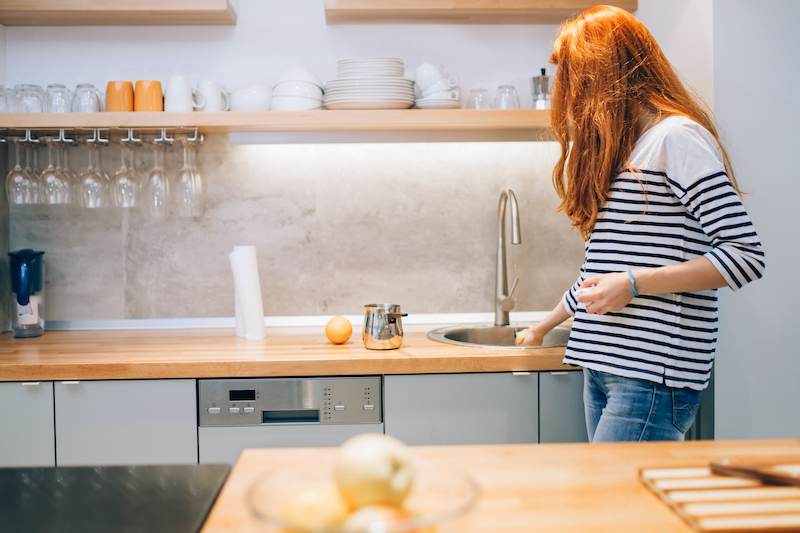
Commit yourself to tidying up
It takes time and effort to declutter your life so you and your loved ones will have to make a unified commitment. Once you’ve decided to make permanent changes to your life, you need only to apply the method.

Imagine your ideal lifestyle
This rule helps followers of the KonMari Method to visualize the end goal. What is the reason behind tidying? What kind of house do you want and what kind of life do you want to live in it? Answering these questions will ensure you don’t rebound after tidying up.
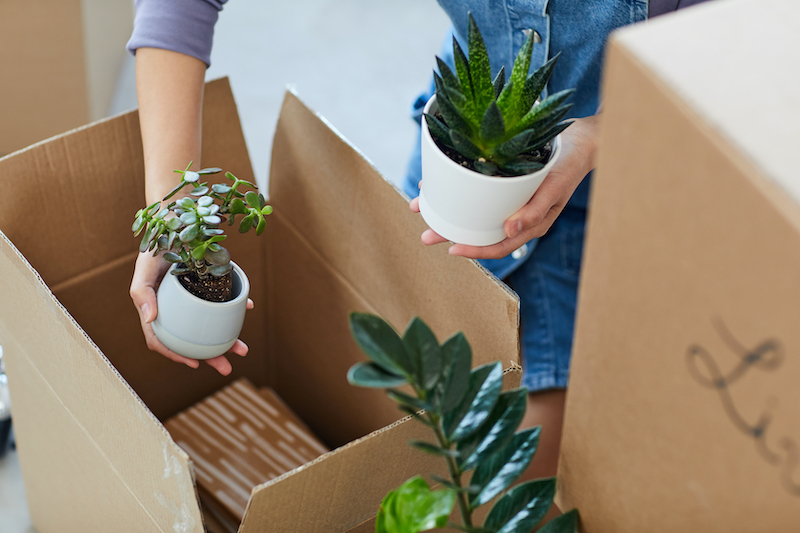
Finish discarding first
Making a permanent change in your tidying up routine can only happen once unwanted items are discarded. Otherwise, it’s only a matter of time before clutter creeps back into your life.
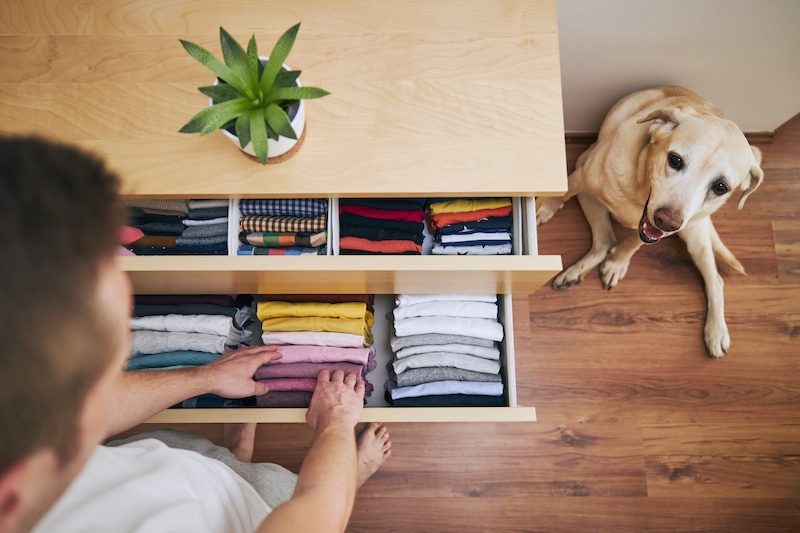
Tidy by category, not location
This rule is at the heart of the KonMari Method. Most often people try to declutter by rooms in the house, by Kondo argues that by cleaning by location individuals often only shuffle clutter from one room to the next. The KonMari five categories, in order, are: clothes, books, paper, komono (miscellaneous items), and sentimental items.
Follow the right order
Make sure to follow the above order when decluttering by category. There is wisdom behind why categories are placed in a specific order. For example, many of us waste a great deal of time reminiscing on sentimental items. Therefore, this category is the last one.

Ask yourself if it sparks joy
According to Kondo, you should “Keep only those things that speak to the heart, and discard items that no longer spark joy.” The items you decide to let go should be “thanked for their service.” The tidying expert says showing gratitude for items that you are discarding will help in fostering appreciation for the items you do decide to hold on to.















